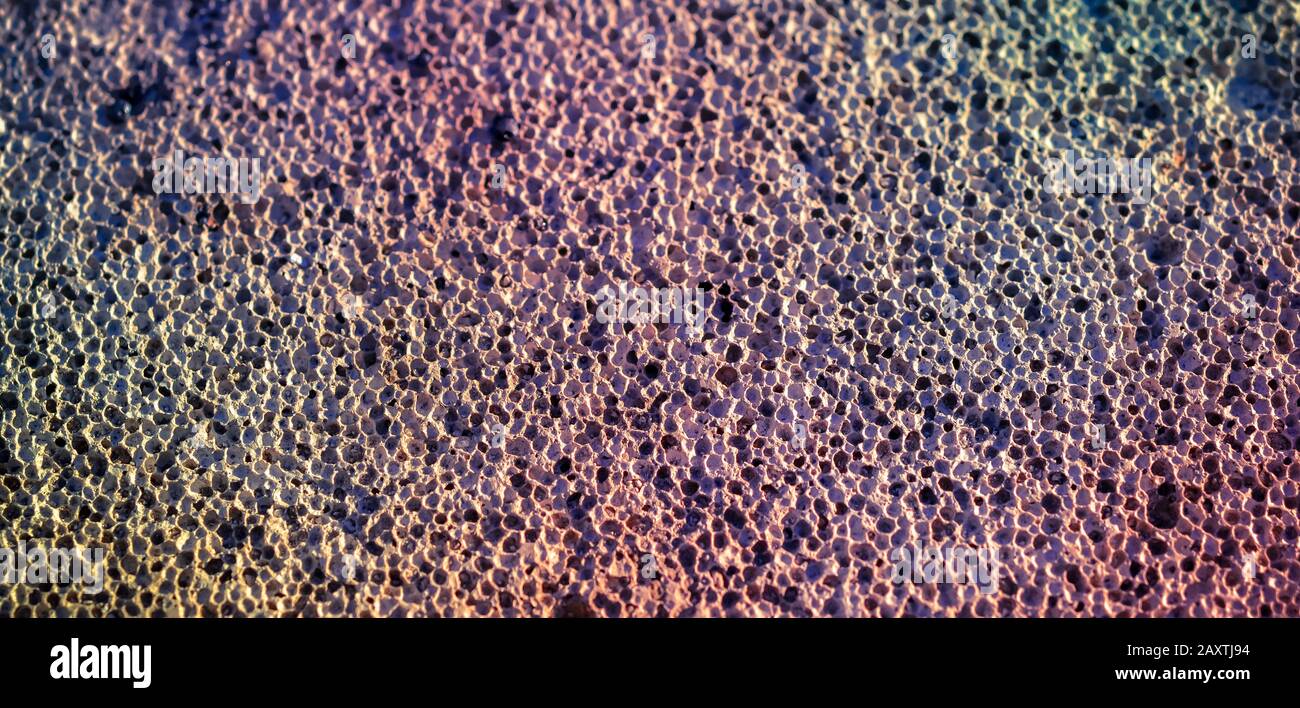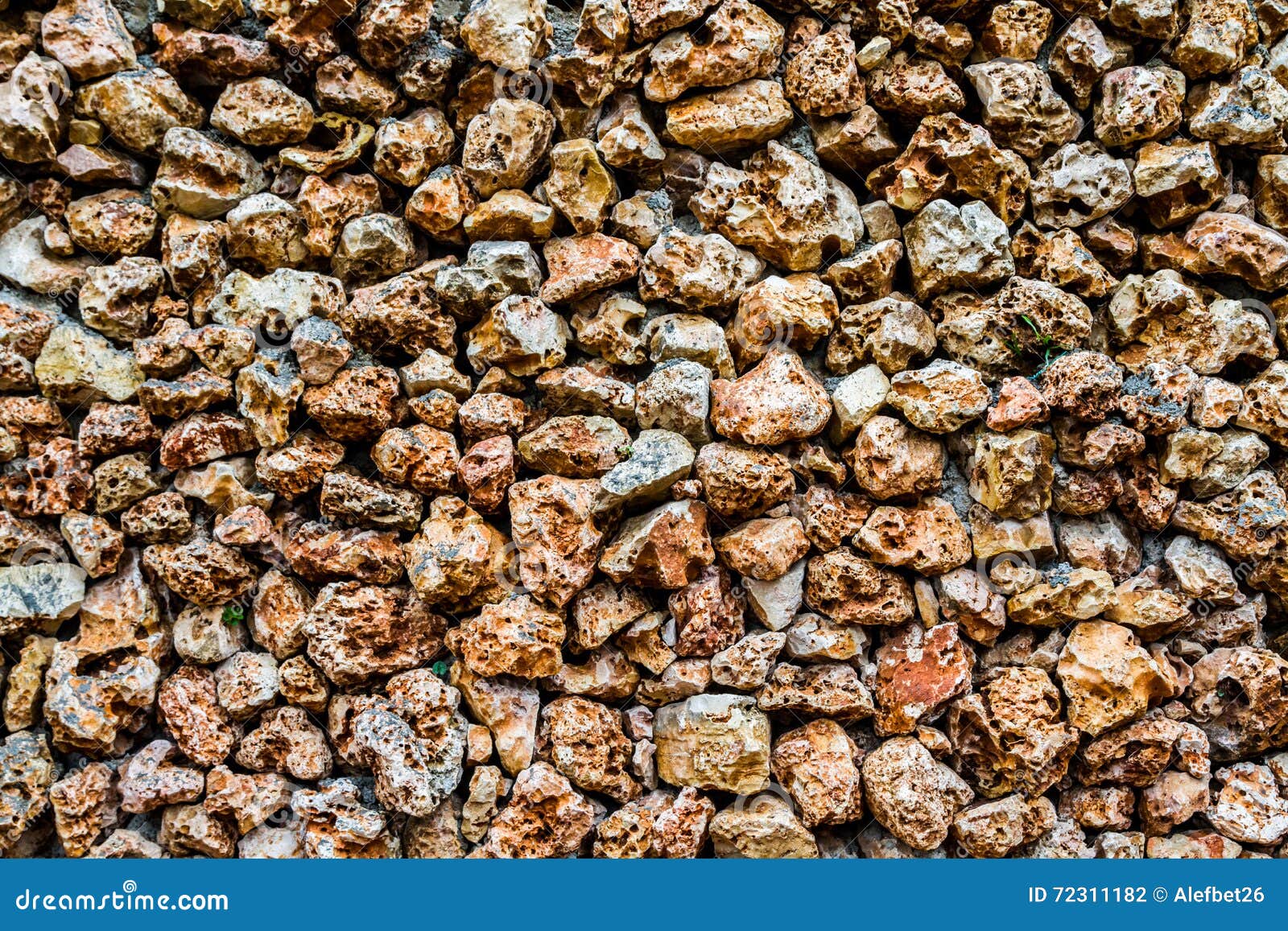

Hard nonporous surfaces make up the majority of shared, high-touch surfaces amd areas that require the most attention when it comes to sanitizing and disinfecting COVID-19.

These types of materials are impervious to water, and generally easier to wipe clean compared to porous materials. Examples of hard nonporous surfaces include stainless steel, metal, glass, hard plastic, and varnished wood. But in fact, improperly using the wrong type of disinfectant can sometimes corrode and destroy these coatings before staining or damaging the porous surfaces underneath.Ĭommon active ingredients in EPA-registered disinfectants for SARS-CoV-2 used on Porous (P) surfaces include:Īs the name suggests, hard nonporous surfaces (HN) are rigid and without pores. When treated with a moisture-resistant coating, these surfaces can sometimes appear to be nonporous. Examples of hard, porous surfaces include untreated wood, granite, and certain types of plastics. When using disinfectant chemicals that are not meant for porous surfaces, the chemicals can stain or damage the material after becoming trapped in these pores. Not only do these surfaces tend to get dirty more easily (since dirt and debris can get trapped in the pores), they also allow germs and pathogens to survive for longer periods of time. Many soft surfaces are considered porous, such as paper, cardboard, carpet, and fabric. One general rule of thumb is that if a surface can absorb or allow liquid to pass through, it’s porous. These pores allow the material to hold or absorb air, water, and other liquids. Porous surfaces (P) are made from materials that naturally have small holes, or pores, inside them.


 0 kommentar(er)
0 kommentar(er)
